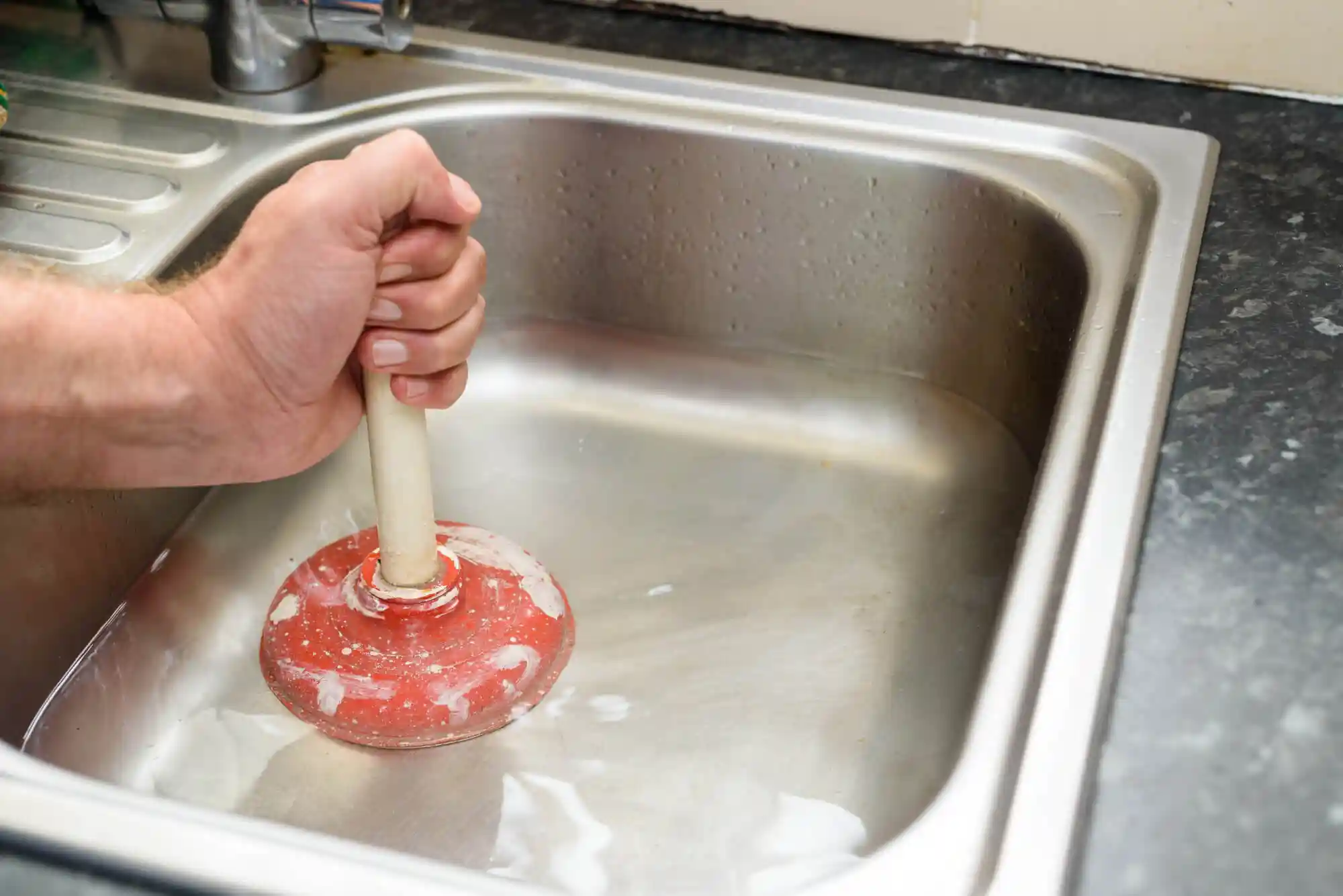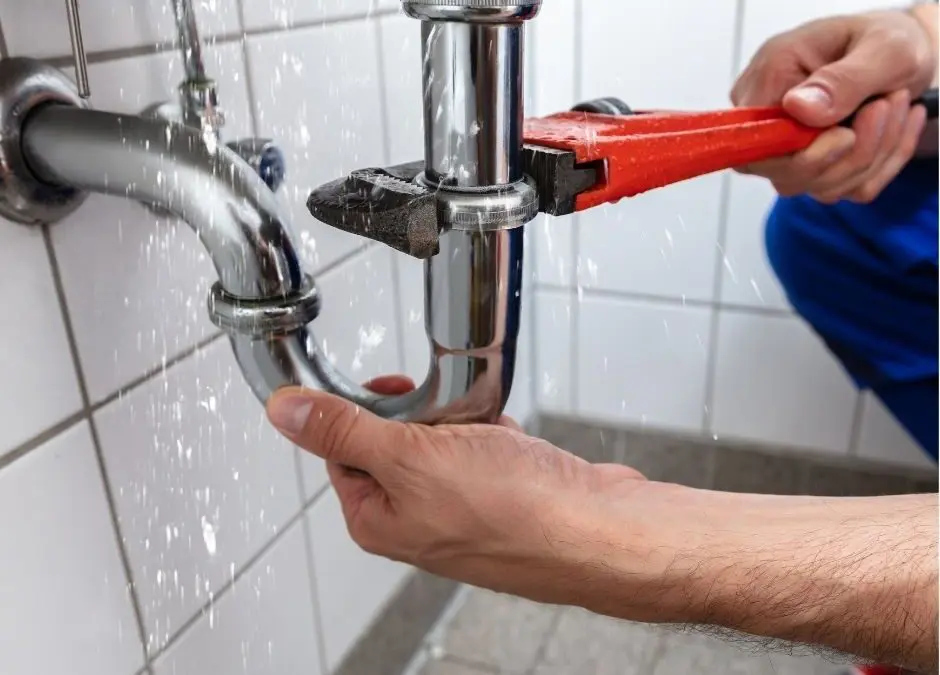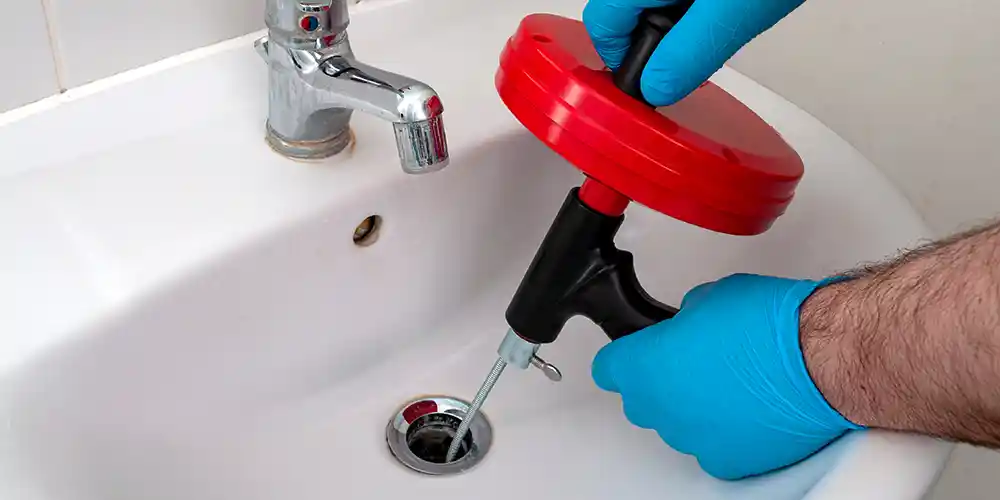Seasonal Drain Issues: Why Spring and Fall Clogs Are So Common
When the seasons change, your drains notice. Spring brings heavy rain, soil movement, and fast-growing roots. Fall piles on leaves, cooler temps that congeal grease, and big holiday cooking. Put it all together, and you get the two most clog-prone times of the year. Here is why it happens, how professionals clear the mess quickly, and what you can do now to keep water where it belongs.
Why Spring Clogs Surge
Spring is the perfect storm for household and yard drains. Storm systems drop a lot of water in a short time, and that rush scours sediment from gutters and yards straight into area drains. Mulch, pollen clumps, and windblown dirt settle in grates and trap more debris. Inside the home, longer showers and more laundry after sports or gardening send extra lint, hair, and soap film into bath and laundry lines, prime material for sticky biofilm.
Tree root intrusion accelerates in spring as roots chase moisture. Fine root hairs slip into tiny cracks or old joints in the sewer line and expand, weaving a net that catches tissue and grease. Left alone, that net becomes a blockage. Add a week of wet weather, and the main line can back up without much warning.
Recommended reading: When To Consider Drain cleacing Services
Why Fall Brings Its Own Set of Problems
Leaves are the headline, but fall clogs have multiple co-stars. Early storms push dry, powdery debris off roofs and into gutters, where it mats together at downspout elbows. Surface drains collect leaves faster than you can rake. At the same time, cooler temperatures turn kitchen grease into a waxy plug. Holiday cooking creates more fats, starches, and fibrous scraps; when those meet chilly pipes, they stick. Even “flushable” wipes do not break down fast enough and join the party, forming small “fatbergs” that narrow the pipe diameter.
Indoors, long hair shedding and extra layers of soap during cold snaps build film on pipe walls. Each layer tightens the pipe’s adequate size. Flow slows, gurgles start, and you are one sink full away from an overflow.
The Hidden Players: Sump Pumps, Yard Drains, and Gutters
Sump basins collect grit between storms. If the pump switch sticks or the discharge line freezes or collapses, the basin overflows, and the lower level floods. Yard drains are magnets for gravel, thatch, and pet hair; once a little accumulates, it snowballs. Gutters that looked “pretty clean” in August can be half-full by November, pushing water over the edge and down foundation walls, where it finds basement floor drains and overwhelms them. Good drainage outdoors prevents stress indoors.
How Professionals Clear Seasonal Blockages
Professional drain service is about precision, speed, and preventing repeat clogs.
Sewer camera inspection maps the line from the clean-out to the street and shows exactly where roots, offsets, or sludge are located. Knowing the location saves time and keeps repair costs down.
Hydro-jetting uses high-pressure water to scour the entire pipe circumference, blasting roots, grease, and scale into the sewer. It is the go-to method for spring root mats and fall grease rings because it cleans walls, not just the middle of the pipe.
Motorized augering (snaking) is ideal for localized clogs near fixtures and for cutting through small root balls before a jetting pass.
If the camera reveals cracks or repeated root entry points, trenchless options like pipe lining or pipe bursting solve structural issues with minimal digging. That keeps lawns, driveways, and hardscapes intact while restoring full flow.
Smart, Seasonal Prevention That Actually Works
You do not need a toolbox full of gadgets to stay ahead of seasonal drain problems; you just need a few well-timed habits.
- Early spring cleanup: Clear gutter troughs and downspout elbows. Lift area-drain grates and scoop out winter gravel.
- After the first big storm: Walk the yard and look for standing water. Puddles over drain grates usually mean a blockage you can clear before it becomes a flood.
- Monthly indoor maintenance: Use an enzyme-based drain cleaner once a month to keep biofilm thin in kitchen and bath lines.
- Catch debris at the source: Put strainers in sinks and showers to trap hair and food before they stick to pipe walls.
- Skip “flushable” wipes: They don’t break down fast enough to be safe for plumbing; trash them instead.
- Fall kitchen habits: Collect cooking fats in a can (not the sink), scrape plates well, and run a short burst of hot water after dishwashing to move residual grease.
- Trees over your sewer lateral: Schedule a camera inspection before root season peaks. A spring jetting pass clears tiny root hairs before they knit into a blockage.
- Basement protection: Test your sump pump by filling the basin until the float rises and the pump cycles. Replace sticky switches before storm season.
What Seasonal Clogs Sound and Smell Like
Pay attention to rhythm changes. Gurgling after a flush, a shower that leaves an ankle-deep puddle, or a faint sewer odor from a floor drain are early warnings. Multiple fixtures backing up at once points to a main line problem, not a single sink. Seasonal clogs usually start subtly and then escalate quickly when storms or holiday cooking pile on the load. Early attention keeps a small inconvenience from becoming an emergency.
When It Is Time to Call a Professional
If plunging does not help, if more than one fixture is slow, or if you have an older clay or Orangeburg lateral with recurring issues, it is time for expert help. A professional plumber will determine whether your problem is a soft blockage, root intrusion, or a structural defect. That distinction matters; clearing grease with a snake offers only short-term relief, while a targeted jetting pass or lining provides a real fix.
Ready for Clear Drains? Contact All Star Plumbing
Do not wait for the next storm or holiday dinner to test your plumbing. All Star Plumbing and Restoration offers same-day drain cleaning, sewer camera inspection, and hydro-jetting to eliminate roots, grease, and sludge the right way. We will show you exactly what is in your line, explain options in plain English, and help you choose maintenance or repair that fits your home and budget. Call All Star Plumbing and Restoration now and keep spring rains and fall leaves from backing up your day.
FAQs
Q: Why do clogs get worse right after the first big spring storm?
A: Heavy rain scours dirt and mulch into yard drains and downspouts, while higher groundwater pushes fine roots into tiny pipe openings. That sudden load exposes weak spots and starts blockages.
Q: Are “flushable” wipes really safe for pipes?
A: No. They break down too slowly and snag on rough pipe walls and small root hairs, especially in cooler fall water. Over time, they help form dense obstructions.
Q: Is hydro-jetting safe for older pipes?
A: In most cases, yes. A technician inspects with a camera first and adjusts pressure to the pipe material and condition. Jetting cleans the full diameter, which prevents quick re-clogging.
Q: How often should I schedule professional drain cleaning?
A: For homes with lots of trees or heavy kitchen use, once a year, ideally before spring rains or the fall cooking rush. Others can schedule service as symptoms appear, with a camera check every couple of years.
Q: What maintenance helps my sump pump during storm season?
A: Test the float switch monthly, clean debris from the basin, confirm the check valve works, and make sure the discharge line is clear and directed away from the foundation. Consider a battery backup for outages.







